11 GPTs for Work Efficiency Powered by AI for Free of 2026
AI GPTs for Work Efficiency are advanced computational tools designed to enhance productivity and streamline tasks in professional settings. These tools, based on Generative Pre-trained Transformers, utilize natural language processing to understand, generate, and process text in ways that mimic human-like understanding. Their relevance in the work efficiency domain stems from their ability to automate routine tasks, provide intelligent insights, and facilitate decision-making processes, thereby optimizing the overall workflow and enhancing productivity.
Top 10 GPTs for Work Efficiency are: Laptops & Computers Ultimate Shopping Guide,Noysi Advisor,Webby Task Master,效率小助手,Productivity Tips & Tricks Guru,Tab Tidy,Quick Fix Quokka,Chanakya Wisdom,Focus Booster,Take a Moment
Laptops & Computers Ultimate Shopping Guide
Personalize Your Tech Shopping Experience

Noysi Advisor
Empowering Teams with AI-Driven Collaboration
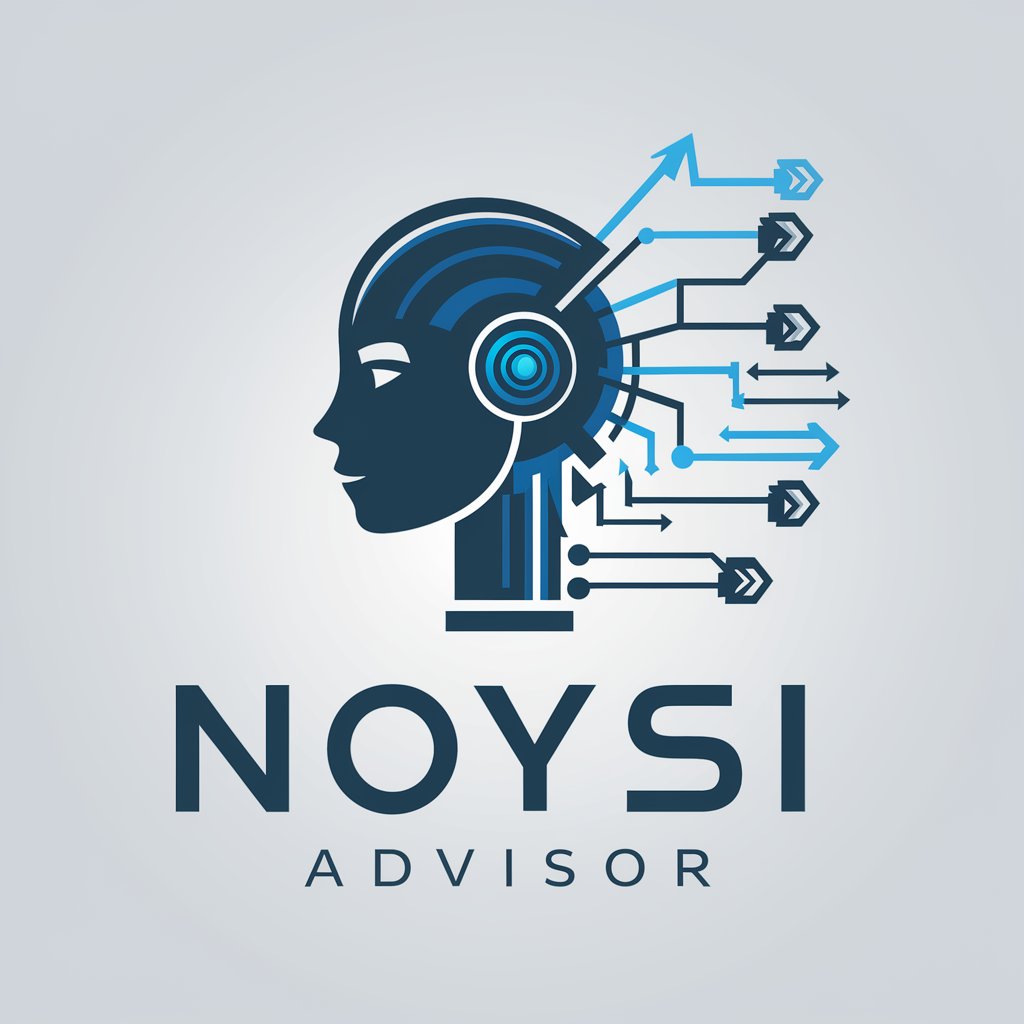
Webby Task Master
Efficiently Manage Tasks with AI Humor
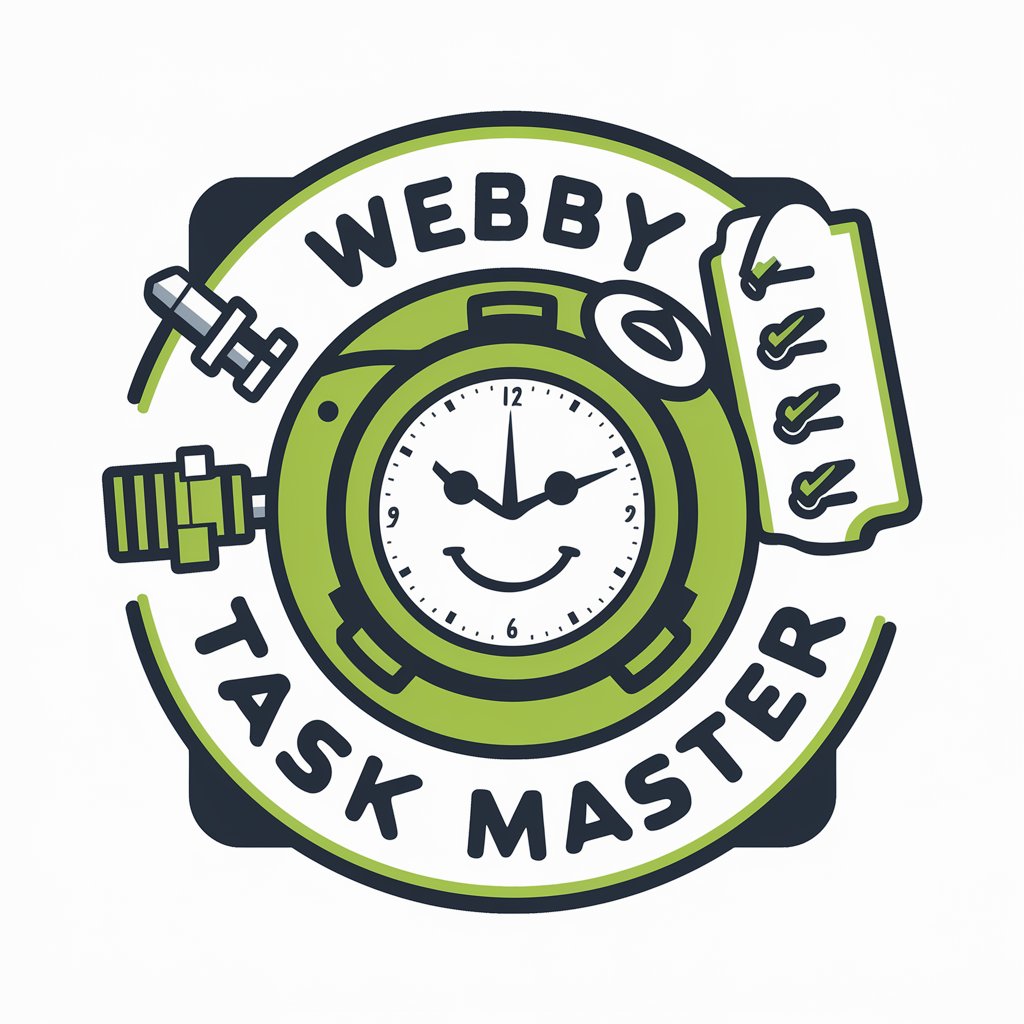
效率小助手
Empower Your Efficiency with AI
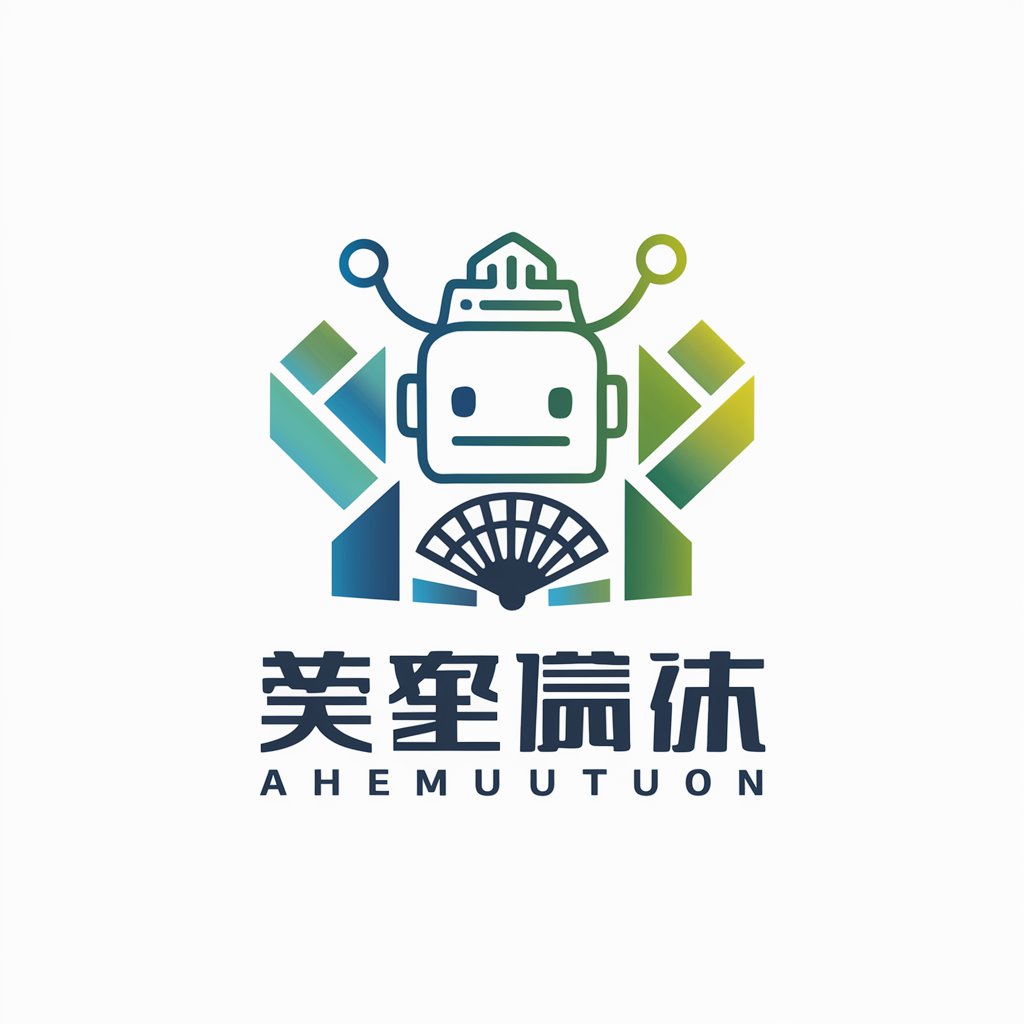
Productivity Tips & Tricks Guru
Elevate Your Efficiency with AI

Tab Tidy
Effortless Tab Management, Powered by AI
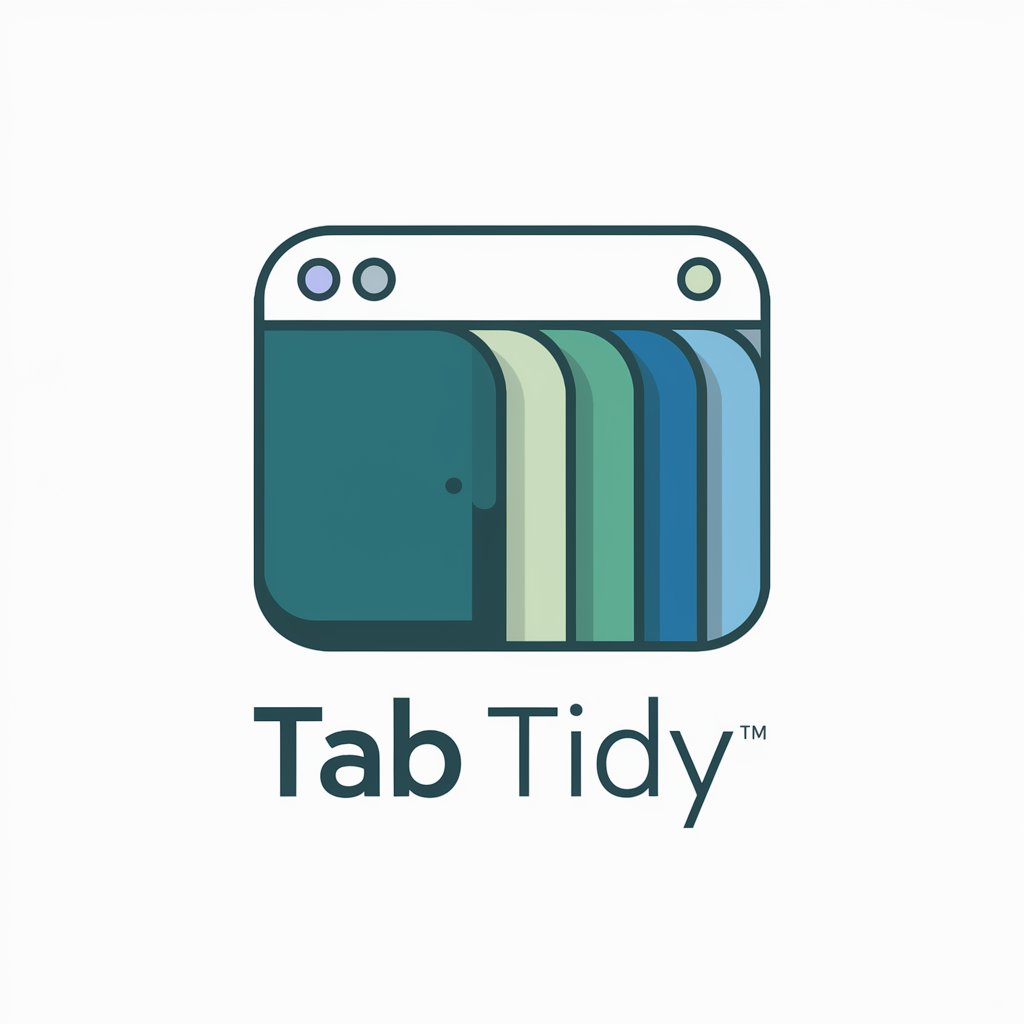
Quick Fix Quokka
Empowering Life with AI Solutions
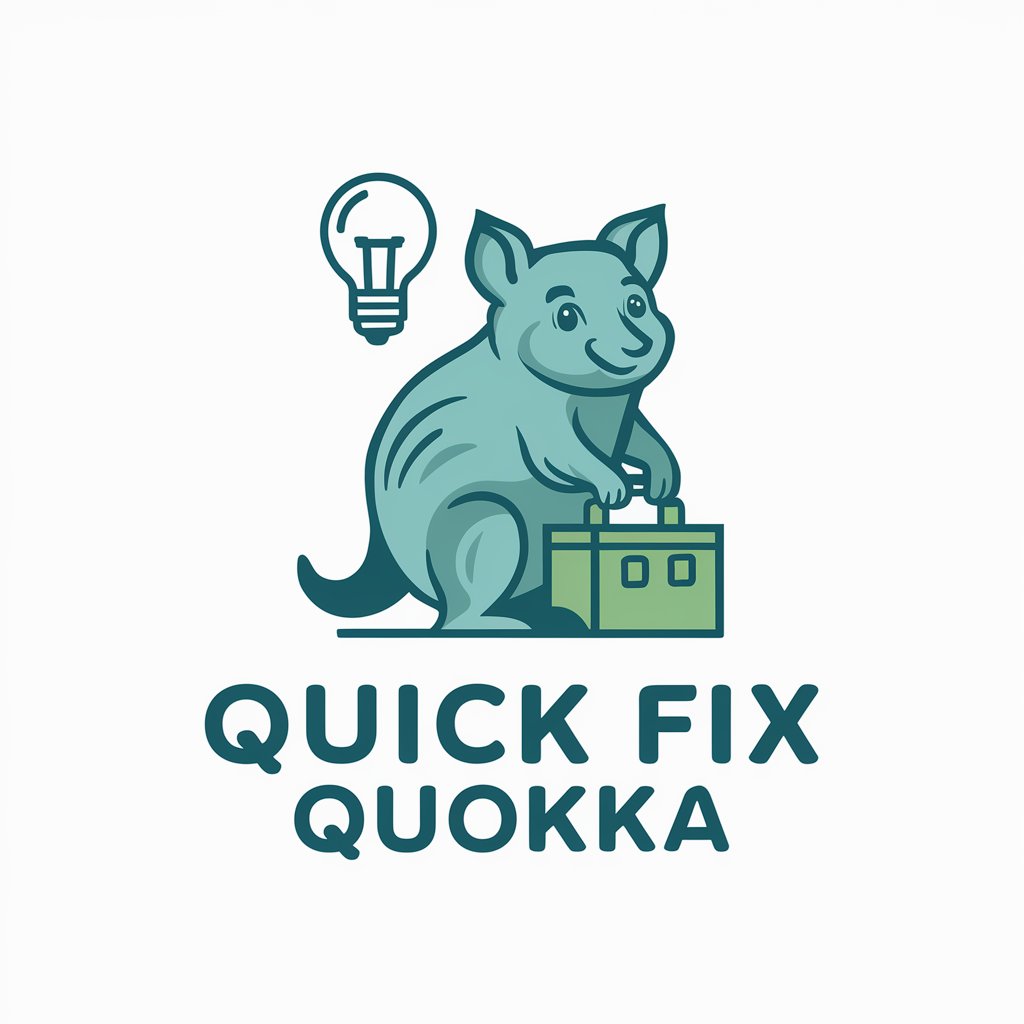
Chanakya Wisdom
Simplify life, embrace wisdom.

Focus Booster
Boost Your Focus with AI
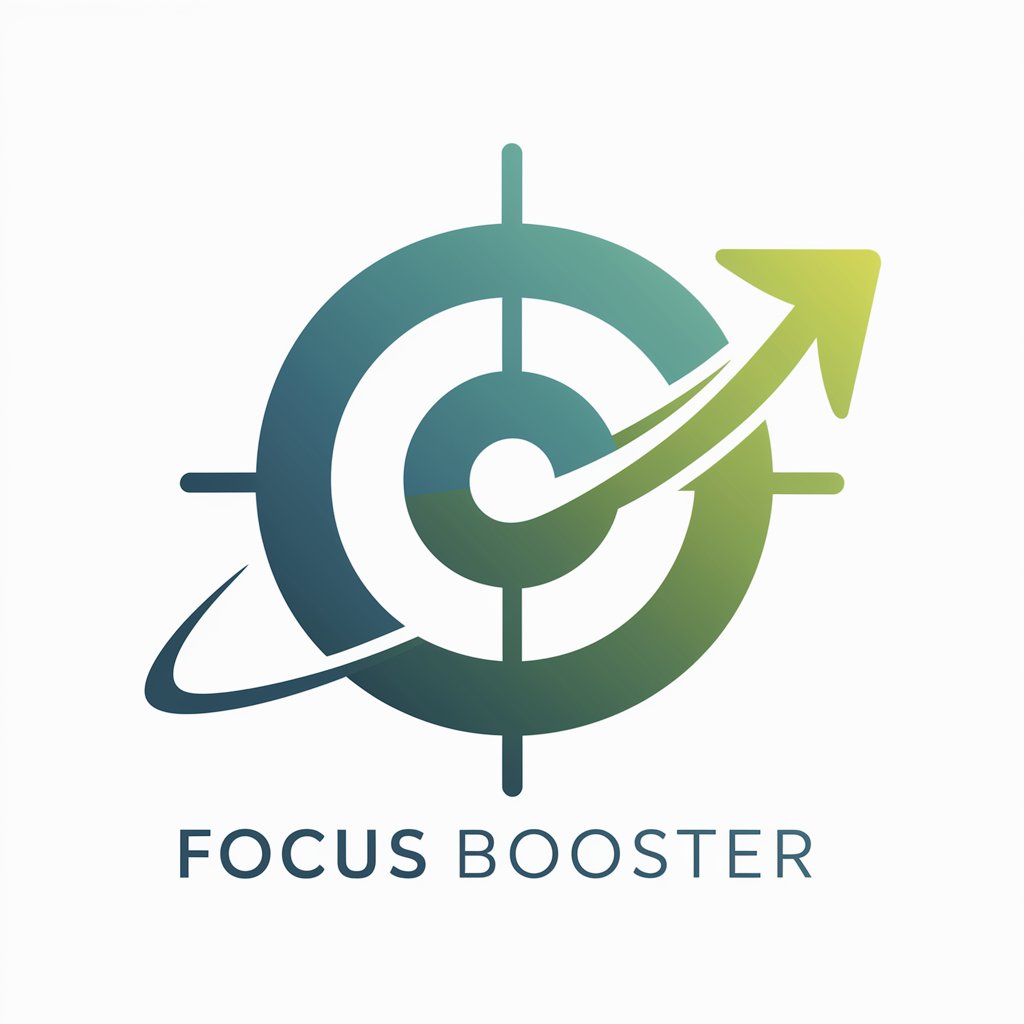
Take a Moment
Guided Focus and Relaxation Anywhere

Insightful Life Balance Coach
Empowering You with AI-Driven Life Coaching

Essential Attributes and Functions
AI GPTs for Work Efficiency boast a range of unique features tailored to professional needs. These include high adaptability across various tasks, from simple reminders to complex problem-solving scenarios. Special features such as language learning for multilingual support, technical assistance for troubleshooting, advanced web searching capabilities, creative image generation, and sophisticated data analysis tools stand out. Their ability to learn from interactions enables continuous improvement in task handling, making them invaluable assets in the work efficiency toolkit.
Who Benefits from AI GPTs in the Workplace?
The primary beneficiaries of AI GPTs for Work Efficiency encompass a broad spectrum of users, including novices seeking to streamline daily tasks, developers looking for powerful programming assistants, and professionals across various fields in need of specialized support. These tools are designed to be accessible to users without programming skills, offering intuitive interfaces and guidance. For those with coding expertise, they offer extensive customization options, allowing for tailored solutions that align with specific workflow requirements.
Try Our other AI GPTs tools for Free
Humorous Reminders
Discover how AI GPTs for Humorous Reminders transform your daily alerts into engaging and funny prompts, making remembering tasks enjoyable and effective.
Text-Based Game
Explore AI GPT tools for Text-Based Game: Tailored AI solutions for dynamic storytelling and interactive game design, accessible to both novices and professionals in the gaming industry.
Student Motivation
Discover how AI GPTs for Student Motivation leverage advanced technology to personalize learning, enhance engagement, and boost student performance across all educational levels.
News Simulation
Discover how AI GPTs for News Simulation are revolutionizing the field of journalism with advanced content generation, real-time analysis, and interactive simulation capabilities.
Discussion Summaries
Discover how AI GPT tools for Discussion Summaries can transform complex dialogues into concise, understandable summaries, making information accessible and actionable.
Content Expansion
Discover how AI GPTs for Content Expansion revolutionize content creation with advanced AI, offering tailored solutions for effortless content augmentation.
Further Reflections on AI GPTs for Professional Productivity
AI GPTs stand at the forefront of technological innovation in the workplace, offering customized solutions across sectors. Their user-friendly interfaces make them accessible to a broad audience, while their integration capabilities ensure they can complement existing systems. As they continue to evolve, their potential to revolutionize work efficiency by automating complex tasks and providing intelligent insights becomes increasingly evident.
Frequently Asked Questions
What are AI GPTs for Work Efficiency?
AI GPTs for Work Efficiency are intelligent tools leveraging Generative Pre-trained Transformers to automate and optimize tasks in professional settings, enhancing productivity and decision-making.
How do these tools enhance work efficiency?
They automate routine tasks, provide intelligent insights, offer technical support, perform advanced data analysis, and facilitate creative solutions, thereby streamlining workflows and saving time.
Who can use these AI GPT tools?
Anyone from novices to professionals across various industries can use these tools to enhance their work efficiency, with features accessible to both non-coders and developers.
Can AI GPTs handle multiple languages?
Yes, these tools have language learning capabilities, allowing them to support and process multiple languages, making them versatile in global work environments.
Are there customization options for developers?
Absolutely, developers have access to extensive customization options, enabling them to tailor the tools to specific tasks or integrate them into existing systems for enhanced functionality.
How do AI GPTs integrate with existing workflows?
AI GPTs can be integrated through APIs and other programming interfaces, allowing seamless interaction with existing systems and software, enhancing efficiency without disrupting established processes.
What makes AI GPTs different from traditional software tools?
AI GPTs learn from interactions and can process natural language, enabling them to provide more intuitive and adaptive solutions compared to traditional, rule-based software tools.
Can these tools generate creative content?
Yes, equipped with advanced algorithms, they can generate creative content, including text and images, tailored to specific professional needs, thereby supporting innovative solutions.